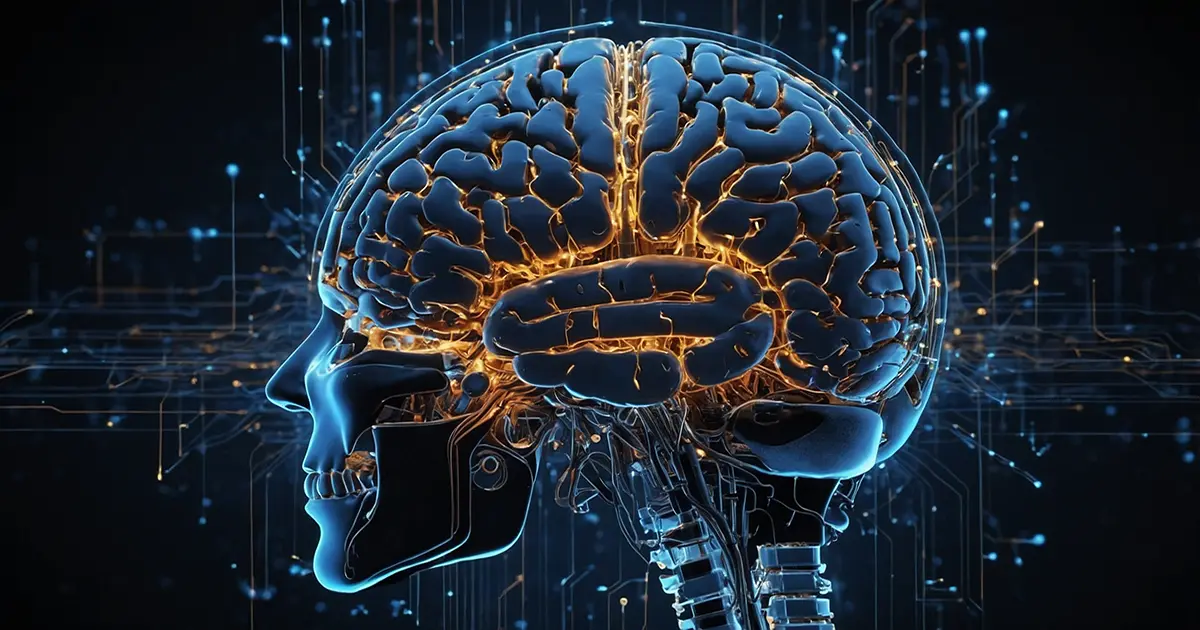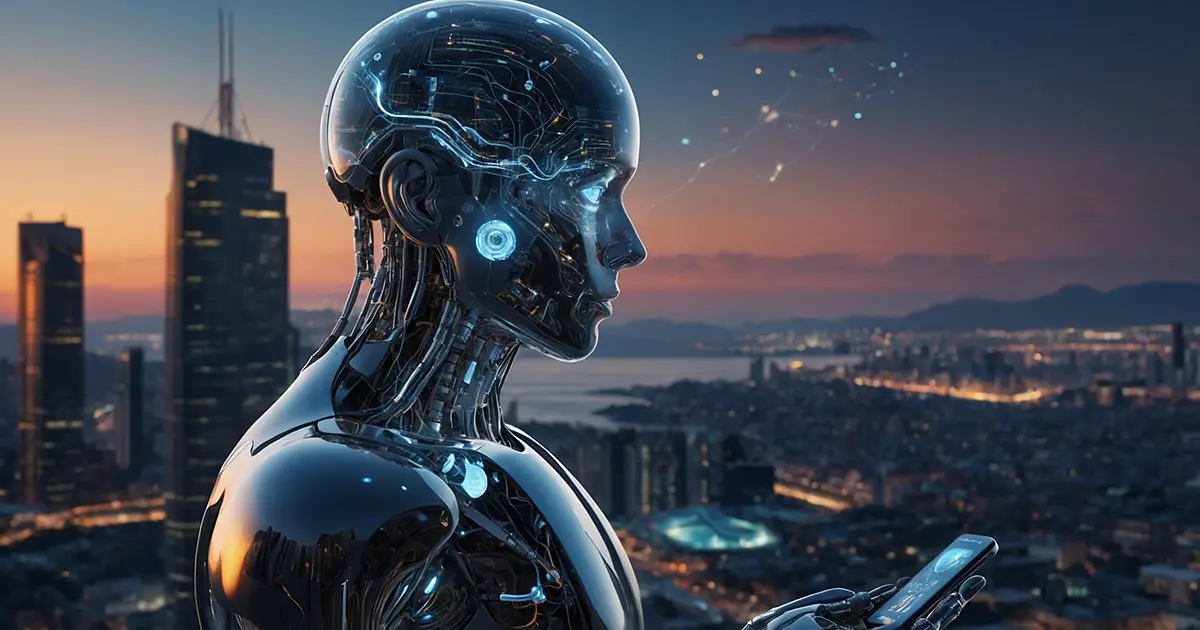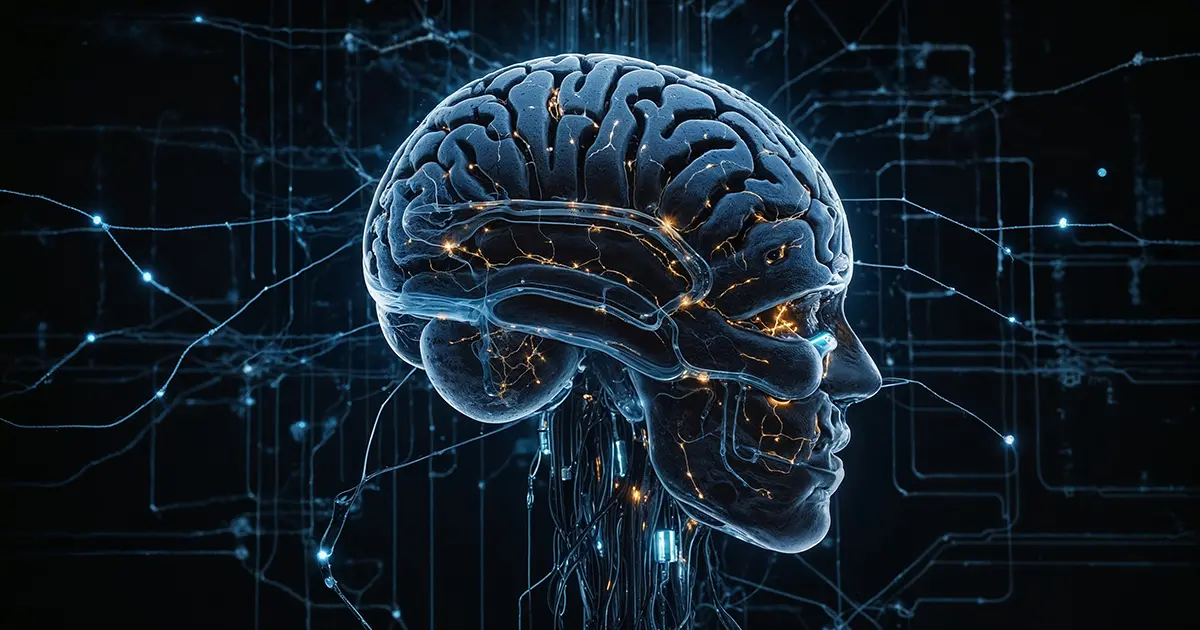Understanding AI: Machine Learning, Neural Networks, and Deep Learning
Artificial intelligence (AI) can seem complex, but understanding its core concepts, such as machine learning, neural networks, and deep learning, makes it easier. This article explains these basic ideas in plain language, providing beginners with an essential understanding to confidently explore the world of AI.
Introduction to AI concepts
Artificial intelligence, often referred to as AI, is a transformative technology that’s changing the world. For those new to the field, terms like “machine learning,” “neural networks,” and “deep learning” can sound intimidating. In this article, we break down these core concepts into easy-to-understand pieces so that anyone can become familiar with AI. We will explore where these ideas came from, who pioneered them, and why they are important today. By the end of this article, you’ll have a better understanding of these technologies and how they work together to create AI.
The birth of AI and its key concepts
The idea of artificial intelligence dates back to the mid-20th century, with pioneers such as Alan Turing and John McCarthy laying the groundwork. Turing, often called the father of computer science, asked whether machines could think, leading to the concept of intelligent machines. John McCarthy, who coined the term “artificial intelligence” at the Dartmouth Conference in 1956, helped create the framework for what we now recognize as AI. Over the years, AI evolved into more specific fields, with “machine learning,” “neural networks,” and “deep learning” emerging as key concepts. These ideas allowed computers to begin learning from data, replicating aspects of human thinking, and solving complex problems.

Alan Turing
Explaining Machine Learning, Neural Networks, and Deep Learning
To understand AI, it’s important to understand three core ideas:
These three components work together to power many of the AI technologies we see today, making them essential to understanding how AI works.
The applications of these AI concepts are all around us. Machine learning powers recommendation systems that suggest what film to watch or what product to buy. Neural networks enable facial recognition in smartphones and image categorisation on social media. Deep learning is behind the speech recognition tools that allow you to ask your voice assistant about the weather or set a reminder. Understanding these basic concepts helps us see how AI is embedded in our daily routines.
Key components of AI technologies
Here are some simplified explanations of the key components of AI:
- Machine Learning: A process by which computers learn from data by identifying patterns.
- Neural Networks: Brain-inspired systems that help computers solve complex problems.
- Deep Learning: An advanced form of neural networks that uses multiple layers to learn from large amounts of data.
Anyone can learn about AI
AI can seem intimidating, but with simple explanations, anyone can understand it. Our website is designed to help even complete beginners learn about AI. You don’t need any technical background to understand the basics – just curiosity and a willingness to learn. By starting with these basic ideas, you’ll be able to follow along as we explore more advanced topics and applications.

Beginner-friendly AI resources
One of our main goals is to make AI accessible to everyone, regardless of their previous knowledge. Even terms like ‘deep learning’ and ‘neural networks’ are broken down so that anyone, even those with little technical experience, can understand them. With our step-by-step guides and simple explanations, everyone can develop confidence in their ability to understand and use AI technologies.
AI in everyday life: From foundations to impact
The core concepts of AI – machine learning, neural networks and deep learning – are behind many technologies that improve our everyday lives. They are making our phones smarter, our entertainment more personalised and even our medical diagnostics more accurate. These innovations are changing the way we work, communicate and live. Understanding these concepts allows us to better appreciate the role of AI in the world and the opportunities it creates.
Understanding the basics of AI
Understanding the fundamentals of AI learning is the first step in demystifying artificial intelligence. These concepts provide the foundation for how AI works and why it is so transformative. As you continue to learn, remember that AI is all about making sense of data and making our lives easier. Keep exploring to see how AI is shaping the world around you.


















